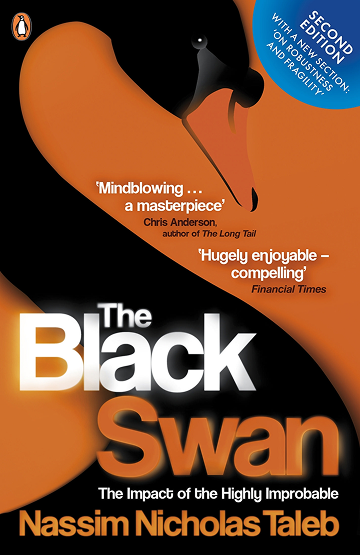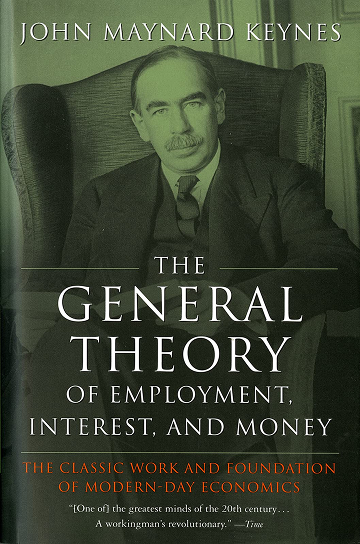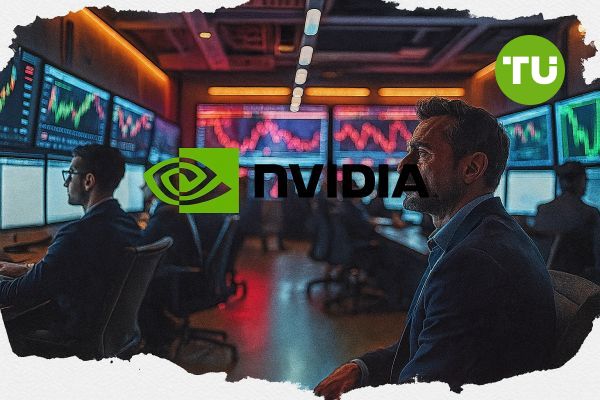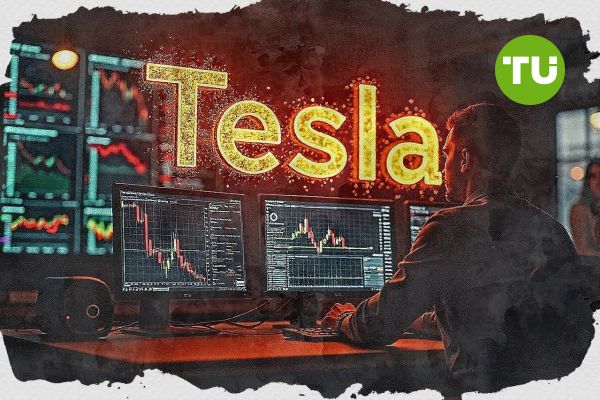John Mars Net Worth, Biography and Key Insights



John Mars’s Profile Summary
|
Company
|
Mars, Incorporated |
|---|---|
|
Position
|
Former Board Member, Major Shareholder |
|
Source of wealth
|
Confectionery, Pet Care, Food Products |
|
Also known as
|
Mars heir |
|
Age
|
89 |
|
Education
|
Yale University |
|
Citizenship
|
USA |
|
Residence
|
Jackson, Wyoming, USA |
|
Family
|
Married, children |
|
Website, Social Media
|
https://www.mars.com/ |
John Mars’s biography
John Mars is an American billionaire businessman and heir to Mars, Inc., the world’s largest candy, pet food, and confectionery company. Born on October 15, 1935, in Arlington, Virginia, he is the son of Forrest Mars Sr. and the grandson of Franklin Clarence Mars, who founded the company in 1911. Mars, Inc. is known for producing some of the world’s most popular brands, including M&M’s, Snickers, Twix, Milky Way, and Pedigree pet food.John Mars graduated from Yale University with a degree in business administration before joining the family business. Together with his siblings, Jacqueline Mars and the late Forrest Mars Jr., he inherited one-third of the company after their father's death in 1999. Mars, Inc. remains privately owned and has grown into a multibillion-dollar enterprise, generating over $45 billion in annual revenue.
Under John Mars’s leadership, the company has expanded beyond confectionery products into pet care, becoming a global leader in veterinary services and pet nutrition. The acquisition of companies like Royal Canin, Banfield Pet Hospital, and AniCura solidified Mars’s position in the pet care industry, which now accounts for a significant portion of the company’s revenue.
Mars, Inc. has also prioritized sustainability and ethical sourcing, especially in its cocoa supply chain. The company invests heavily in renewable energy, responsible farming practices, and community development programs in cocoa-producing regions.
Despite being one of the wealthiest individuals in the world, John Mars is known for his private lifestyle. He rarely gives interviews and avoids public appearances. However, he has been actively involved in philanthropic efforts through the Mars Foundation, which supports education, health, and environmental initiatives.
As of 2025, John Mars’s net worth is estimated at $38 billion, making him one of the richest people in the world. His family remains at the helm of Mars, Inc., ensuring that the company continues to grow while maintaining its focus on innovation, sustainability, and community responsibility.
-
How did John Mars make money?
John Mars made his fortune through Mars, Incorporated, a family-owned company founded by his grandfather Frank C. Mars in 1911. The company began as a small confectionery business in Washington State, producing buttercream candies.
John’s father, Forrest Mars Sr., revolutionized the business by introducing the Milky Way bar in 1923, which became a massive success. Over the years, the company expanded its portfolio, launching popular products like M&M’s, Snickers, and Twix.
In the 1980s, Mars, Incorporated diversified its operations by acquiring several pet care brands, including Pedigree, Whiskas, and later Royal Canin. Today, the pet care division accounts for nearly half of the company’s revenue.
John Mars joined the family business and served on its board for many years, playing a key role in the company’s global expansion. Mars, Incorporated is now one of the largest privately held companies in the world, generating over $45 billion in annual revenue.
The Mars family has maintained a strict policy of privacy, and the company remains family-owned, ensuring that the wealth stays within the family. John Mars’ wealth is primarily tied to his one-third ownership stake in the business. -
What is John Mars net worth?
As of 2025, John Mars’s net worth is estimated to be $38.9 B.
What is John Mars also known as?
John Mars is often referred to as a quiet billionaire, known for his low-profile lifestyle and commitment to keeping Mars, Incorporated a family-owned business. Despite his wealth, he avoids media attention and rarely makes public appearances.Prominent achievements of John Mars
John Mars played a crucial role in expanding Mars, Incorporated globally and diversifying its product portfolio. His leadership has contributed to the company’s status as a global leader in confectionery, pet care, and food products.What are John Mars’s key insights?
John Mars believes in long-term sustainability and innovation. He emphasizes the importance of family ownership and maintaining the company’s core values to ensure consistent growth and success.
John Mars’s personal life
John Mars is married and has children, who are also involved in managing the family’s business. The Mars family is known for maintaining a low public profile and focusing on long-term business success.
Useful insights
Understanding market forces
In my experience, to truly succeed as an investor, it’s essential to understand the driving forces behind market behavior. Market movements aren’t random—they’re influenced by a range of economic theories and dynamics. The following books provide valuable insights into these forces, offering a deeper understanding of how global financial markets operate and what shapes their trends.
-
Nassim Nicholas Taleb – "The Black Swan"

-
Summary:
Taleb explores the concept of rare, unpredictable events—so-called "Black Swans"—that can have massive impacts on markets and society. These events are often overlooked by traditional risk management models, leading to devastating consequences when they occur. Taleb illustrates how these unpredictable shocks shape our world, often more than gradual, expected changes.
-
Why read it:
This book challenges conventional thinking about risk and uncertainty, showing that many major historical and financial events were "Black Swans." It's a vital read for investors who want to build resilience in the face of market volatility.
-
-
John Maynard Keynes – "The General Theory of Employment, Interest, and Money"

-
Summary:
Keynes revolutionized economics by focusing on total demand within an economy and its effect on output and inflation. His theory suggested that government intervention could stabilize economic cycles through fiscal and monetary policy. The book also explains the consequences of under-consumption and the role of interest rates in managing economic stability.
-
Why read it:
For investors interested in macroeconomic trends and policy impacts, Keynes’ work is essential. Understanding the Keynesian framework can help investors predict how government actions might influence market performance.
-
Other profiles in category
Popular Financial Guides
Latest Financial News

Nvidia stock jumps 4% after China sales reboot approved

Tesla stock falls 1.9% as sales slide and exec exits deepen uncertainty































































































































